Can I Run Espresso Maker Under Cold Water to Use Again
Y'all've Been Using Your Coffee Maker All Wrong
If you can't get started without your morning time cup of java, you lot're non solitary. According to the International Coffee Organization (via The Telegraph), Scandinavian countries pb the manner when it comes to quantity. The average Finn goes through a whopping 26 pounds of coffee a twelvemonth, and while the US comes in much lower than that — at number 26 — our average of eight pounds a year is still a lot of coffee to exist pouring through your coffee maker.
So, that brings us to the of import question: Are you getting the nearly out of your coffee maker, and all those pounds of java y'all're drinking every yr? There are a ton of unlike ways you can make that morn, afternoon, or evening cup of joe, but chances are skilful your standard, countertop, drip coffee maker is nonetheless a favorite. You can gear up the timer and have it ready when you go up in the morning, afterward all, and you lot tin can't beat convenience. Let'due south talk nigh some of the things you're doing wrong, and how you lot tin can make it right to ultimately get a meliorate cup of coffee.
Your grinder is nasty
A coffee maker is just going to make a loving cup that'due south as good as what y'all put in it, and then permit's start with the coffee itself. If yous opt for whole bean, you undoubtedly have a grinder sitting right next to the java maker. When is the last time y'all cleaned it? Exist honest, because information technology makes a difference.
Oils, residue, and edible bean $.25 can build upwardly in a grinder and if it's not cleaned regularly, it'll give you an uneven, chunky grind. Pour that into your coffee maker and what makes it into your loving cup is going to be sub-par. Fortunately, it's super-like shooting fish in a barrel to go along your grinder in good working club. Dallis Bros. Coffee barista and grinder engineer Philip Search (via Serious Eats) says you lot should ever blow out all the debris with canned air or a vacuum. You lot'll also need to take your grinder apart to make clean out the oily residue, and how oftentimes you demand to do that depends on how much you utilize it. Finally, take a look at your burrs. They're going to wear, and you may need to replace them if you lot want a truly even grind (and again, how often depends on use).
You're using the wrong grind
If you just grind and go, you might be sabotaging your morning cup from the beginning, and hither'southward why. Different grind sizes human action differently in your coffee maker, and your perfect grind size depends on what sort of filter system your coffee maker has. It all has to do with how fast the filter allows the h2o to laissez passer through, and the incorrect combination can make your coffee likewise weak or too bitter.
There are a ton of coffee makers out there that have cone-shaped filters, and Lifehacker says the perfect grind setting for these filters is one that turns your beans into grounds that are about the consistency of granulated saccharide, or a piddling finer. If your coffee maker has a permanent filter or 1 with a flat bottom, you're going to want a medium grind. If yous're still in dubiety, mash up a few pots with varying types of grounds and simply see how much of a divergence it really makes. If your coffee tastes too biting, a coarser grind volition probably aid.
You're using the timer
We know, and we get it: the timer on your java maker lets you lot stumble out of bed and right to the java, and that's legit. But if you're more concerned about getting the best cup of coffee possible, you lot shouldn't use the timer — at least, non if you're taking the time to buy whole beans and grind your own.
Freshness makes a huge difference in the taste of your coffee, and according to CNET, it's such a big bargain that y'all should aim for using your java somewhere betwixt three days and a week afterwards it was roasted. Once you open your handbag of coffee — and especially when you grind those beans — they're hit past oxygen. That starts a procedure chosen oxidation, and that'southward what makes your java go stale.
So, if you're grinding your beans at night, putting them in your coffee maker, and setting the timer, y'all're giving your coffee all those hours to oxidize. That means a less fresh-tasting cup, and that sort of defeats the bespeak of using whole bean to begin with.
You're underestimating the importance of water
If your java maker is churning out mediocre coffee that's just expert enough for yous to get past with, information technology might not exist your coffee maker's error. It can simply work with what you put in, and it'southward possible you're sabotaging information technology from the start with poor water.
H2o is 98 per centum of a cup of coffee, and the Barista Institute says poor water can add a biting, flat, or vinegar-similar tang to your java. They too say but because tap water is fine to beverage, that doesn't hateful it's going to make slap-up java, considering some substances — like those used during water handling processes — are going to react poorly to coffee.
It can be hugely scientific, but the basics are this: Water hardness is a measure out of the carbonates in the water. Too high, and your coffee will be heavy-tasting. Besides low, and it'll be sour and flat. And then, what should you exist using? According to MIT chemist Christopher H. Hendon (via Business organization Insider), information technology depends on where yous live. He recommends finding out how difficult your water is, and so buying coffee beans specifically created with your water blazon in mind.
You're using the wrong h2o temperature
When y'all're filling your water reservoir, what temperature is the water you're putting in? Information technology should exist common cold, and here's why. According to the Brand Adept Coffee Co., almost java makers are built to presume yous're using cold water. They're programmed to heat water to the right temperature by the time information technology hits the coffee grounds, and that's when a process chosen extraction happens. Over-excerpt your coffee, and it'due south going to turn to sludge. Nether-extract, and yous're going to end upwards with weak, flavorless brew.
Extraction is influenced by the time it takes the water to run through the grounds and the temperature of that water, which is why coffee makers are programmed to assume everyone'south starting with common cold water. About are going to run the aforementioned heating cycle every time, and if you lot starting time with hot water, y'all're going to screw up the residuum and cease up with terrible coffee — and no 1 wants that. And in case yous're wondering, this is another reason not to use your coffee maker's timer function — you lot'll be brewing with room-temperature water.
You lot're non warming it upward
According to the National Java Association, the perfect coffee maker is going to brew when the water is at a temperature between 195 and 205 degrees Fahrenheit. That's in a perfect world, though, and if you accept a less-than-loftier-end or elderly coffee maker, it might not be getting up to the appropriate temperature by the time it starts brewing that magic liquid. If it doesn't, your coffee is going to terminate up tasting a bit bitter.
Lifehacker has a solution for this problem: run your coffee maker one time on a h2o-just cycle earlier you lot actually brew your coffee. That volition oestrus upwardly all the interior components to the proper temperature, and ultimately consequence in a better loving cup. Also, this is where that timer function can really come in handy. Programme your coffee maker to run a warm-up wheel on a timer, and by the time yous stagger into the kitchen, it'll exist ready, waiting, and all warmed upwardly to brand your actual cup of coffee.
Y'all're making dissimilar amounts of coffee
Sometimes y'all might brand a whole pot, sometimes one-half a pot... but, you might desire to rethink that. Without getting too technical, ane of the central factors in making a cup of coffee is how long the water is in contact with the grounds. The National Java Association says the magic time is five minutes for a java maker, and your coffee maker takes longer than that, does it? That'due south because almost coffee makers aren't that smart, and tend to run five minutes for four cups, x minutes for eight cups... and and so on. Cistron in further confusion created by "cups" not really meaning cups, and, well, let'due south just get to what Medium says you need to do.
Make full your reservoir, leave out the coffee and the filter, and turn on your java maker. When information technology starts to drip, start a timer and wait five minutes. And so, turn everything off, let things absurd for around an hr, and come back. Dump the water out of the reservoir, and then do the aforementioned with the water in your carafe — but start, brand a mental note of how full information technology was. That'south the perfect amount of (common cold!) water you should be using every time to get that v-minute time frame.
You're non blooming your coffee grounds
The temptation is to just dump your grounds in, shut everything upward, and wait for coffee to happen. Information technology sounds almost likewise easy, and if y'all want a really proficient cup of coffee, information technology is. Before you just hit the start button, yous should be blooming your coffee grounds.
Blooming only means kick-starting the java-making process past pouring hot water over the grounds to commencement releasing bubbles of carbon dioxide. That, in plow, releases carbonates into the java, and that makes the closely-packed grounds expand their area. According to the Barista Institute, there's a basic rule of thumb. Mensurate your coffee grounds, and then use three times that amount of water to bloom. You can practice it correct in your coffee maker, before you plough it on, to make certain your java grounds settle out evenly. Past the fourth dimension you're done, you'll have started the extraction process and made certain more than coffee goodness makes it into your cup.
You're not checking your grounds mid-brew
Have you ever opened your filter handbasket mid-brew to make sure everything's looking good in there? You should, because not all coffee makers are created equal when it comes to pouring water over those grounds. That'south doubly of import if your model has a spray head that's off-center, because it's entirely possible most of the water is wetting the same grounds throughout the bicycle, and barely touching others.
You tin tell how well your coffee maker does just by looking at the grounds when you're finished brewing. The surface should be even; if it'southward non, in that location'south a problem. The spray head might be desperately positioned, the shape of the filter might exist channeling CO2 in a particular way, and some grounds might non even exist wet. Fortunately, in that location's a super-easy manner to fix this, and that'south but to open your motorcar mid-mash and stir up your grounds to encourage a more even distribution and fifty-fifty mash.
You're using too much (or too little) coffee
Everyone like their coffee a lilliputian unlike, whether it'due south light or dark roast, strong or mild. The amount of grounds you use has a huge impact on the final product, merely according to the National Coffee Clan, there's something called the Golden Ratio. That's the perfect amount of grounds, and it's somewhere between one and ii tablespoons of ground java per 5 ounces of water.
Here'south where things could get a picayune catchy. Co-ordinate to Medium, most of the coffee cups you might take hold of out of your cupboard are eight ounces. Logically, if you lot're making a 12-cup pot of java, that should be 96 ounces of water... right? Not quite. Most java makers consider a "loving cup" to be merely 5 ounces, so you're actually just talking almost sixty ounces. That makes a big departure in the corporeality of coffee grounds you're using, and that's going to completely modify what ends upwardly in your cup. Figure out exactly how many ounces of water you're brewing, and do the math o figure out how much basis coffee you actually demand. And just a tip — math tends to be more difficult in the morning (y'all know, earlier yous've had your java) so this is a good equation to do alee of fourth dimension.
You're leaving it on the warmer
The overwhelming majority of java makers are prepare so the carafe is sitting on a warming plate — that's so you can mash and forget nearly it, until you demand a piping hot refill. That's the theory, at least, and if you do this, you might find that your java gets thicker and sludgier as the morning goes on. That's because there'south some science going on in your java pot, and information technology'due south not good science.
That warming plate is applying continuous oestrus to the java in order to keep it warm. Medium says it plays a big office in turning your coffee biting over fourth dimension, as that added heat is actually breaking autonomously the chemic compounds in your mash. That'south why you lot shouldn't be leaving information technology at that place to stay warm for any amount of fourth dimension. If you want to keep it warm for the day, pick upwardly a thermal carafe (or opt for a coffee maker that comes with one), or a heavy-duty thermos.
You're not cleaning oftentimes enough
Just how often you should clean your coffee maker depends, in part, on how oft you use it. Merely Good Housekeeping says there are some full general guidelines y'all should go by to make sure mold, leaner, and residue don't build upwards inside your coffee maker, every bit they have the potential to ruin not just your java, but your whole day.
According to Carolyn Forte, manager of the Proficient Housekeeping Institute Cleaning Lab, y'all should exist washing any removable parts whatsoever time yous apply information technology. Those are things like the the carafe and filter basket, of grade, and you probably exercise that. Simply do you lot wipe out the water reservoir to keep information technology from growing funk? Didn't think and so!
Forte also says you should decalcify your machine at least once a calendar month, even if you lot don't necessarily take problems with hard water. An ounce of prevention is worth a pound of cure, after all!
Y'all're non cleaning it right
Take the time to disassemble your coffee maker and go a actually good peek inside, and y'all'll run across why you need to do more than just rinse out your carafe every twenty-four hours.
First, let's outset with decalcifying. Carolyn Forte, manager of the Skilful Housekeeping Institute Cleaning Lab, says it's equally piece of cake as running a solution of one-half water, one-half white vinegar through your motorcar. Halfway through the brewing cycle, turn the java maker off and permit it sit. End the cycle, then flush the whole thing out with another brewing cycle of only water. That'due south it!
There are a few other uncomplicated steps HiLine Coffee recommends you lot take to get the near out of your coffee maker. Make clean the h2o reservoir thoroughly (with soap and water, or according to the maker's instructions) at least one time a week, and you lot'll avert getting that slimy buildup. Make sure your charcoal filtration system is replaced when information technology says it needs to be, or it'll start collecting bacteria. And brand sure you're not neglecting your filter basket, either. Accept that out, rinse, and soak if it needs it. Not too bad, right?
It'south non the best for getting what you want
With then many dissimilar kinds of coffee and ways to brew, information technology'south entirely possible you're non getting your perfect brew because a coffee maker just isn't capable of making it. The Barista Establish took a look at the different types of coffee and what brewing methods piece of work all-time to become each kind.
They say a traditional coffee pot is best at giving you lot a heavy-bodied coffee that's fairly light on season complexity. On the other finish of the calibration is the Chemex, a nifty pour-over device that'south been used for decades to brew lite, smooth coffees with big flavor. Even the exact same type of coffee with the same grind and same water tin sense of taste vastly different when it's prepared with diverse methods, and if coffee is more just a forenoon selection-me-up, it's definitely worth branching out and trying dissimilar brew methods to find out which one is going to requite you what you're really looking for. Only continue that java maker: yous never know when you're going to need information technology.
Source: https://www.mashed.com/119098/youve-using-coffee-maker-wrong/

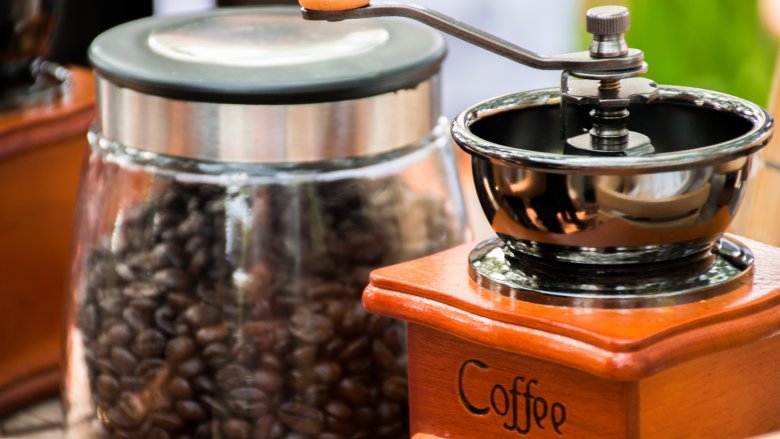
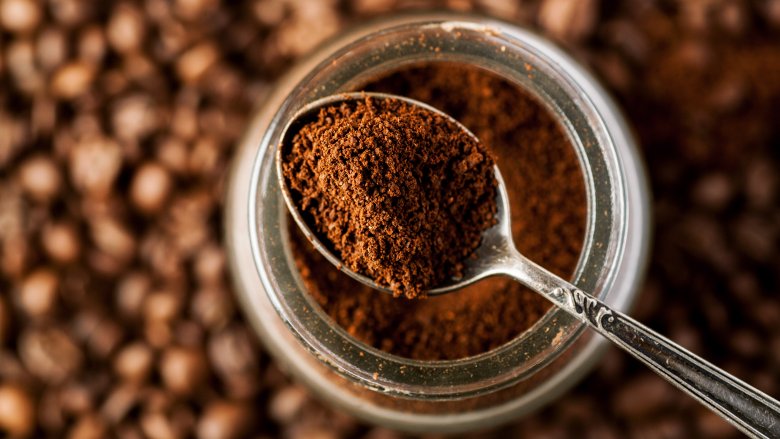
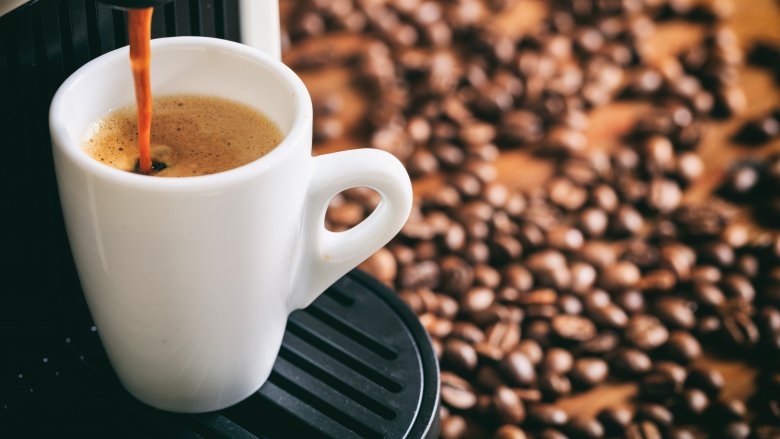
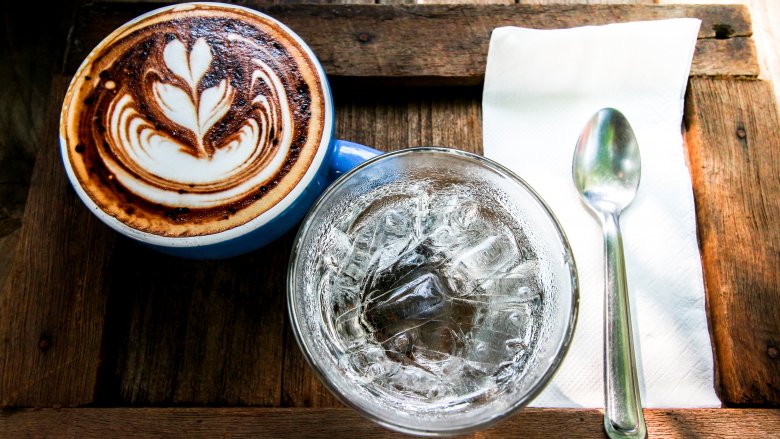
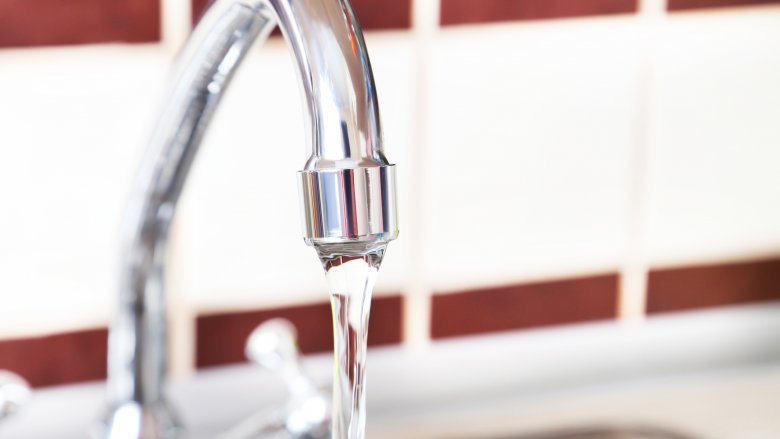
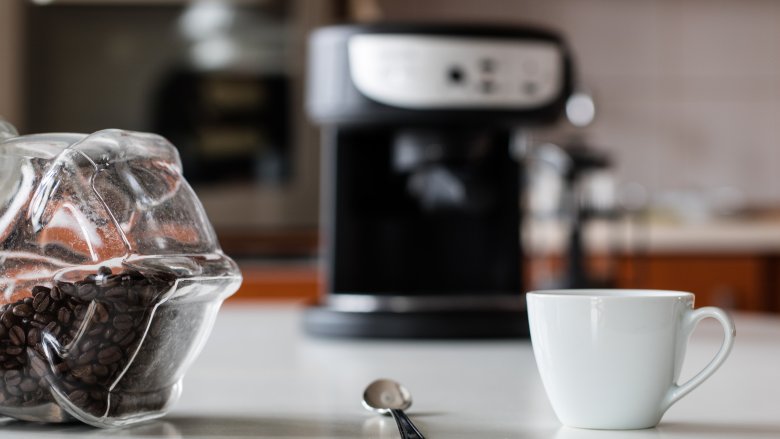
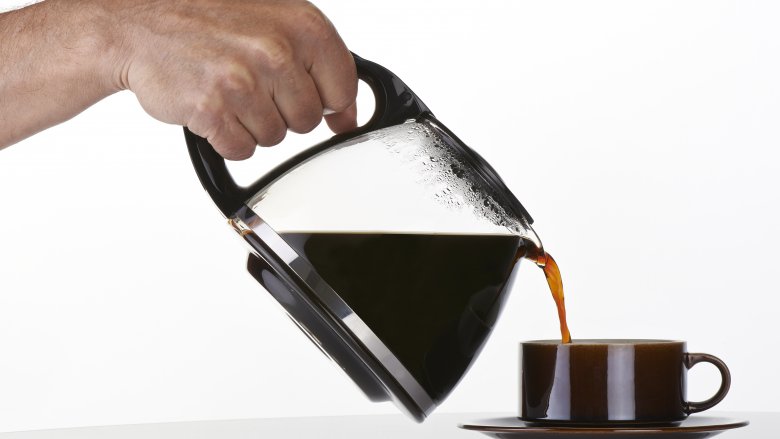
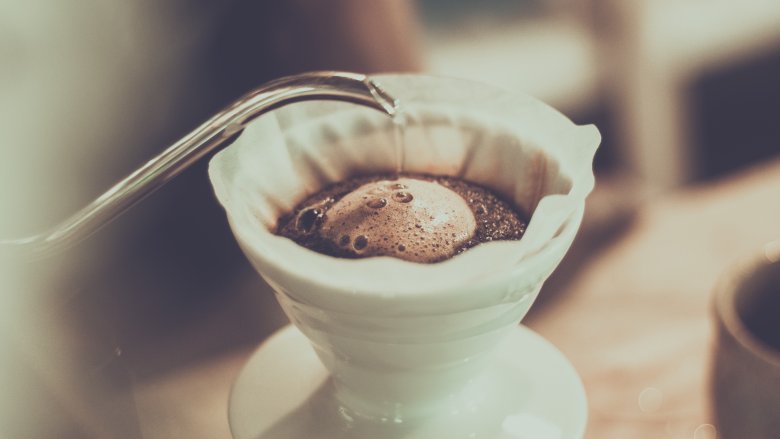
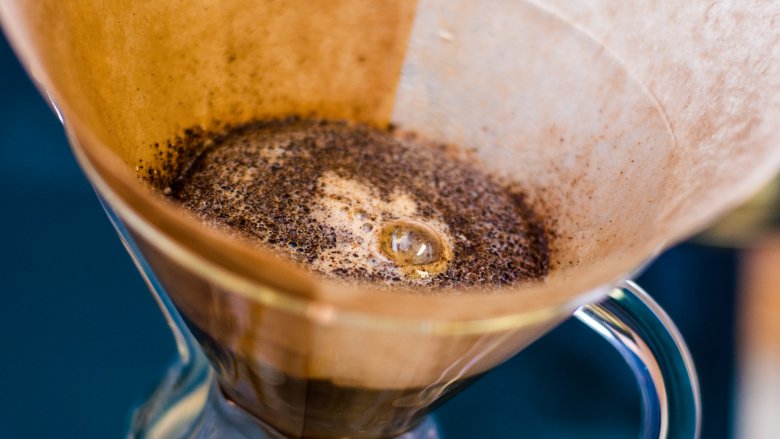
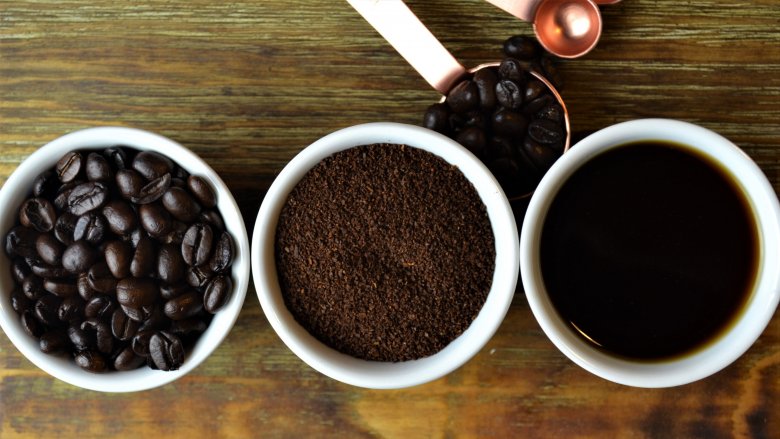
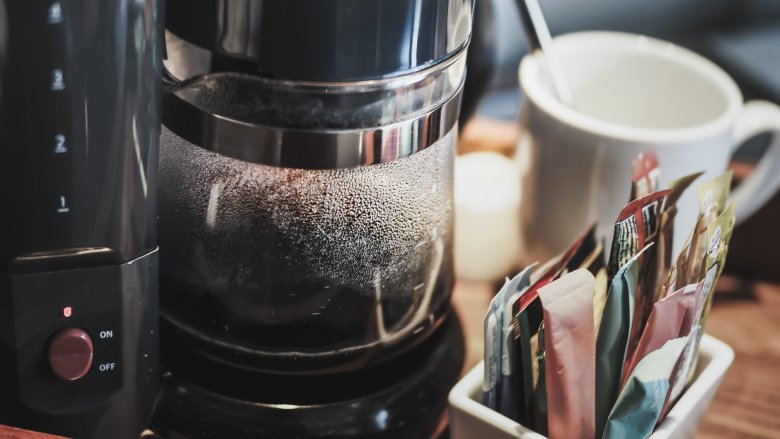
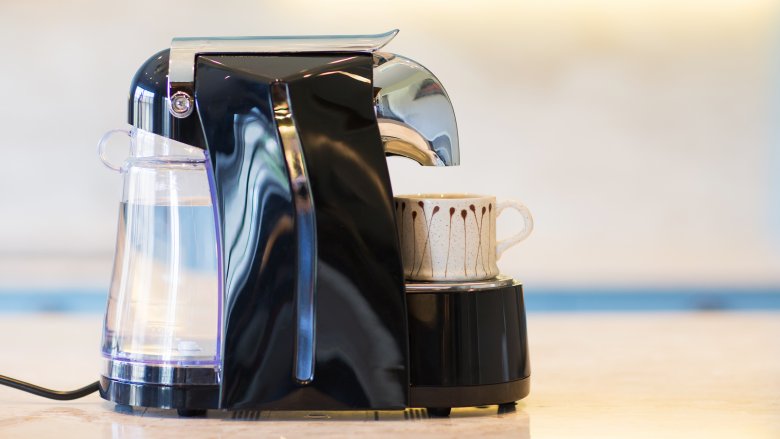
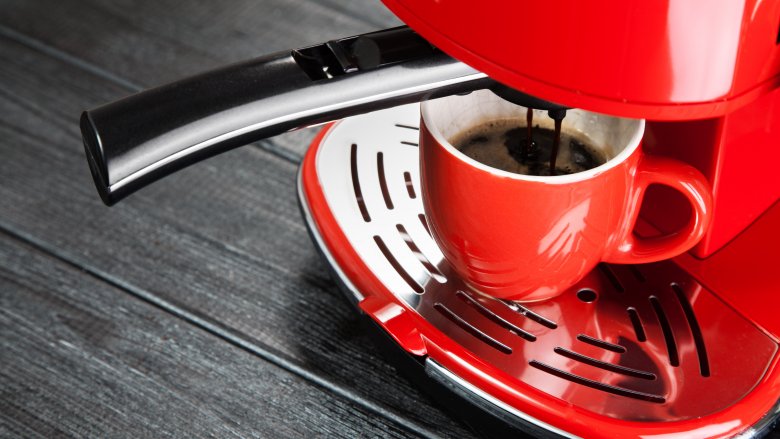
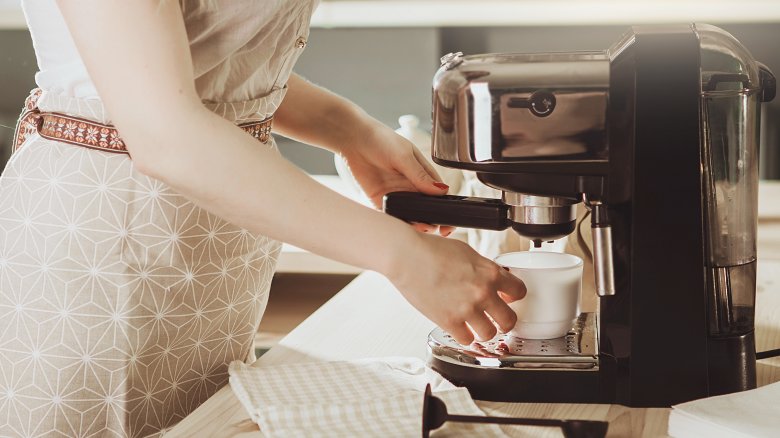
0 Response to "Can I Run Espresso Maker Under Cold Water to Use Again"
Post a Comment